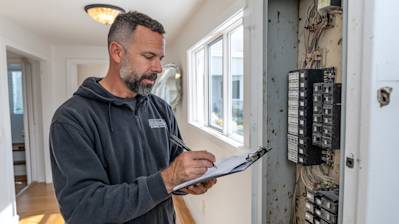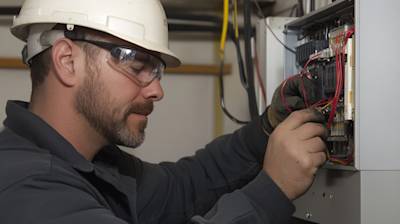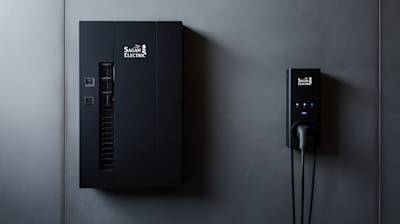Plug-in Oven
Updating your kitchen appliances can be an exciting project for homeowners. If you're considering converting your hardwired oven to a plug-in model, you're in the right place. In this comprehensive guide, we'll walk you through the step-by-step process of making this conversion, highlighting the benefits along the way. Whether you're looking to improve your kitchen's flexibility or simply need to replace an old oven, knowing how to convert to a plug-in oven can save you time and money.
Understanding the Basics
Before we dive into the conversion process, let's clarify the difference between hardwired and plug-in ovens:
Hardwired ovens are directly connected to the electrical supply, while plug-in ovens use a standard electrical outlet. Converting to a plug-in oven offers greater flexibility, allowing you to easily replace or move your oven without the need for complex rewiring.
Assessing Your Current Oven and Kitchen Setup
Before you start the conversion, it's crucial to assess your current setup:
Check the existing hardwired connection to your oven and examine your kitchen's electrical layout. Understanding your kitchen's electrical infrastructure is essential for a successful conversion, and this is where the expertise of a residential electrical contractor can be invaluable.
Safety First
Prioritize safety when undertaking any electrical project:
- Turn off the power to the oven at the circuit breaker.
- Gather the necessary tools and protective gear, including gloves and safety goggles.
Choosing the Right Plug and Outlet for Your Oven
Selecting the correct plug and outlet is crucial:
Match the plug and outlet type to your oven's power requirements to ensure a safe and efficient conversion.
Step-by-Step Conversion Process
Follow these steps for a successful conversion:
1. Remove the existing hardwired connection to your oven.
2. Install the appropriate oven outlet, following manufacturer guidelines.
3. Attach the plug to your oven's power cord.
Testing the New Setup
After completing the conversion, test your oven to ensure everything is working correctly:
Check for proper power supply and ensure the oven functions as expected.
When to Call a Professional
Electrical work can be complex and potentially dangerous. Consider calling a professional electrical contractor if:
- You are uncomfortable with any part of the conversion process.
- The project involves extensive electrical work beyond your expertise.
Maintenance Tips for Your Newly Converted Oven
After the conversion, it's essential to maintain your plug-in oven:
Regularly inspect the electrical components and follow safety guidelines to ensure safe and efficient operation.
Cost Considerations and Budgeting
While converting to a plug-in oven can be cost-effective, it's essential to consider potential expenses:
Factor in the cost of materials, tools, and any professional outlet installation if needed. Budget accordingly to avoid unexpected expenses.
Legal and Compliance Aspects
Be aware of any legal or compliance issues related to DIY electrical work:
Check local regulations and electrical codes to ensure your conversion meets all necessary standards.
Benefits of Converting to a Plug-In Oven
Let's explore the advantages of converting your hardwired oven to a plug-in model in more detail:
1. Enhanced Flexibility
One of the primary benefits of having a plug-in oven is the flexibility it offers. You can easily move or replace the oven without the need for extensive rewiring. This is especially convenient if you plan to remodel your kitchen or relocate the oven to a different part of your home.
2. Cost-Effective Installation
Installing a plug-in oven can be more cost-effective compared to hardwired options. You may not need to hire an electrician for complex wiring, saving you both time and money.
3. Easy Maintenance and Repairs
Plug-in ovens are generally easier to maintain and repair. If you encounter any issues with your oven, you can simply unplug it for safety and maintenance purposes. This accessibility can reduce downtime and ensure your kitchen remains functional.
4. Convenient Replacement
When it's time to replace your oven, a plug-in model offers convenience. You can disconnect the old oven and plug in the new one without the need for professional rewiring. It's a hassle-free process that saves you time and minimizes kitchen disruption.
Conclusion
Converting a hardwired oven to a plug-in oven is a practical solution for homeowners looking to upgrade their kitchen appliances. Remember to prioritize safety throughout the process and seek professional assistance if needed. By following the steps outlined in this guide and considering cost factors, you can successfully convert your oven and enjoy the benefits of flexibility and convenience.
For expert electrical services and professional outlet installation in Sacramento, trust the experienced team at Sagan Electric, your reliable residential electrical contractor. Contact us today for all your electrical upgrade needs.
Tags: Plug-in oven, oven outlet,








